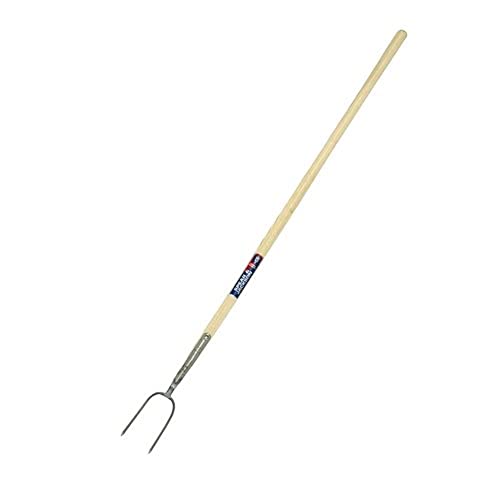Understanding the Rebound Adjustment on a Fork
When it comes to improving bike handling and overall performance, one of the key adjustments you can make is to the rebound setting on your fork. The rebound determines how quickly the fork returns to its original position after being compressed. By properly adjusting the rebound, you can ensure that your bike stays stable and responsive, allowing you to tackle rough terrain and obstacles with more confidence.
Step-by-Step Guide to Adjusting the Rebound
Adjusting the rebound on your fork may seem intimidating at first, but it’s actually a relatively simple process. Here are the steps you can follow to make the necessary adjustments:
- Start by finding the rebound adjustment knob on your fork. It is usually located at the bottom of the right stanchion, near the axle.
- To increase the rebound, turn the knob clockwise. This will slow down the fork’s return speed. To decrease the rebound, turn the knob counterclockwise to speed up the fork’s return.
- Begin with the rebound set in the middle of its adjustment range. This will give you a baseline to work from.
- Take your bike for a test ride on different types of terrain. Pay attention to how the fork feels and adjust the rebound accordingly. If the fork is too slow to return, it may feel sluggish and unresponsive. On the other hand, if the rebound is too fast, the fork may bounce back too quickly, causing the bike to lose traction.
- Make small adjustments to the rebound as needed, riding the bike and evaluating the changes after each adjustment. Aim for a setting that provides enough rebound to keep the fork active and responsive, but not so much that it negatively affects your control and stability.
Benefits of Proper Rebound Adjustment
Properly adjusting the rebound on your fork can have a significant impact on your bike handling and overall riding experience. Here are some of the benefits you can expect:
- Improved traction: When the rebound is dialed in correctly, your bike will maintain better contact with the ground, especially over rough terrain. This will help improve traction and control, allowing you to tackle technical sections more confidently.
- Better stability: A properly adjusted rebound will help your bike stay stable and composed, even when faced with obstacles and sudden impacts. This is particularly important when riding at high speeds or on challenging downhill sections.
- Enhanced efficiency: When the rebound is set correctly, your fork will be more efficient at absorbing impact and returning to its original position. This means you’ll spend less energy fighting against unnecessary suspension movement, allowing you to ride faster and with less fatigue.
- Smoother ride: A well-tuned rebound will result in a smoother and more comfortable ride. Your bike will glide over bumps and roots more smoothly, reducing the jarring sensation and potential discomfort.
- Customizable performance: Every rider has their own preferences when it comes to suspension feel. By adjusting the rebound, you can fine-tune your fork to suit your individual riding style and preferences, maximizing your enjoyment and performance on the bike.
Consulting with a Professional
If you’re uncertain about how to properly adjust the rebound on your fork or if you’re not satisfied with the results of your adjustments, it’s always a good idea to consult with a professional bike mechanic or suspension specialist. They will have the expertise and experience to guide you in making the necessary adjustments and ensure that your bike is performing at its best.
Remember, the rebound adjustment is just one piece of the puzzle when it comes to optimizing your bike’s handling. Other factors such as sag, compression, and air pressure also play a role and may need to be adjusted accordingly. By fine-tuning all of these elements, you’ll be able to achieve a balanced and dialed-in suspension setup that will greatly improve your bike’s performance and your overall riding experience.






